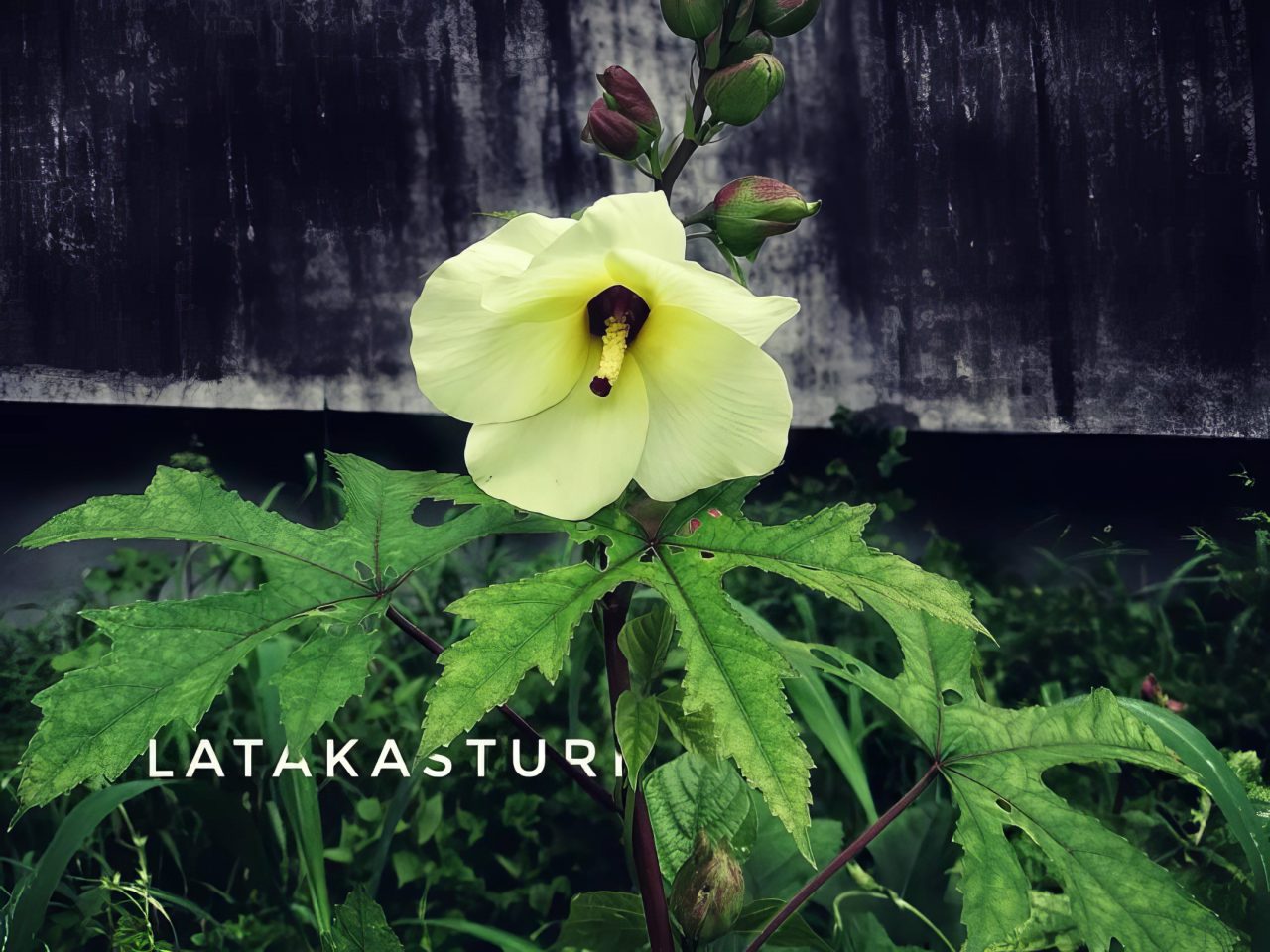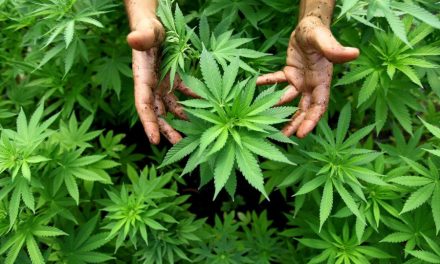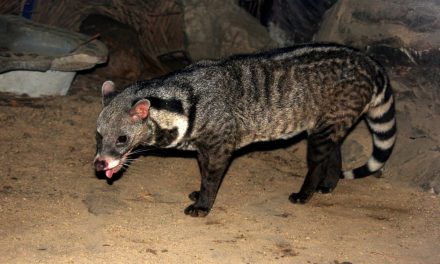I want to make one last post on Kasturi to talk about the possibility of Kasturi having originally been a plant based fragrance. There is a kasturi deer, and there is also a kasturi plant (known as ambrette or musk mallow). This kasturi plant, and its seeds, called as kasturi beeja, have been in use for thousands of years in Ayurveda and in attar making. Coincidentally both produce the exact same fragrance, with the main difference being the deer kasturi has an added repulsive fecal scent which is unpleasant to humans.
If we discount the fecal and animalic scents in deer musk, kasturi seeds can produce a 90 percent match by isolating their Ambrettolide compound. The Ambrettolide compound makes up just 1 percent of the kasturi beeja seed’s content, thus it is still a costly ingredient to process and isolate. For that reason generally synthetics are used in most modern manufacturing.
Though scientists have made various synthetic versions of deer musk, they usually only come within 15 to 20 percent similarity with the original deer musk fragrance. The kasturi plant on the other hand produces a nearly identical overall match with deer kasturi, only missing the fecal and animalic aspects, which are anyway the unwanted scents in the fragrance that need to be refined and covered through perfumery techniques.
So in summary, the word kasturi has always referred to two things, both producing the same fragrance, one being a deer, and one being a plant. The plant is so similar to deer kasturi, that even today scientists use it to produce musk-like fragrances that outperform most synthetics produced in laboratories. The kasturi from this plant does not require any harm or killing of animals to acquire, and also does not contain the repulsive fecal aspects of deer kasturi, making it a naturally better version of kasturi.
We cannot say at which point in human history the deer kasturi became the more prominent version used for fragrance, but we do know both have been used for thousands of years to produce the same fragrances. It is possible, and I would say likely, that in ancient times, in an ideal age, perhaps humans preferred the plant sourced kasturi rather than killing a deer to acquire it.
In the Mahabharata we have the story of the saintly butcher who would only sell meat from animals that died naturally. Such people did exist, but around that time it had become rare, thus he was considered saintly rather than the norm. If we were to go back further into the past, into prior yugas when dharma was even more prevalent, such characters would have been more common, and such practices such as ahimsa would have been given more importance.
I believe originally kasturi would have been sourced from the plant, but over time through the natural degradation of humanity, dharma declined and compassion also became rare. Thus animals in the forest became mere objects to be hunted and killed for economic gain.
If we look at the five main classical aromatic ingredients, they are all plant based except for kasturi. Sandalwood (chandana), Agarwood (aguru), Saffron (kunkuma), Camphor (karpura), and Kasturi (musk). When the first four are all plant based, and the fifth can be sourced from either plants or by killing a deer, which would have been more likely and preferred? Though the switch would have occurred in very ancient times, I believe originally they were all meant to be sourced from plants. Such natural items would be considered pure and fit for worshipping Bhagavan in a temple.

Every cow and calf at our sanctuary has a story of rescue, healing, and hope. Your generous support provides them with food, shelter, medical care, and a lifetime of protection. Together, we can give these sacred animals the love and safety they deserve.






Yes, when I searched about what Kasturi is, the internet showed it being from a kasturi deer and obtained by killing it. Which is very much clashing with our Sanatana beliefs of what is allowed in puja. I had doubts but seeing your blog on this confirmed this. As you have said perhaps a switch happened some ages ago. Thank you for this information, as it is seriously disturbing my visualization of the Divine, during Dhyanam.